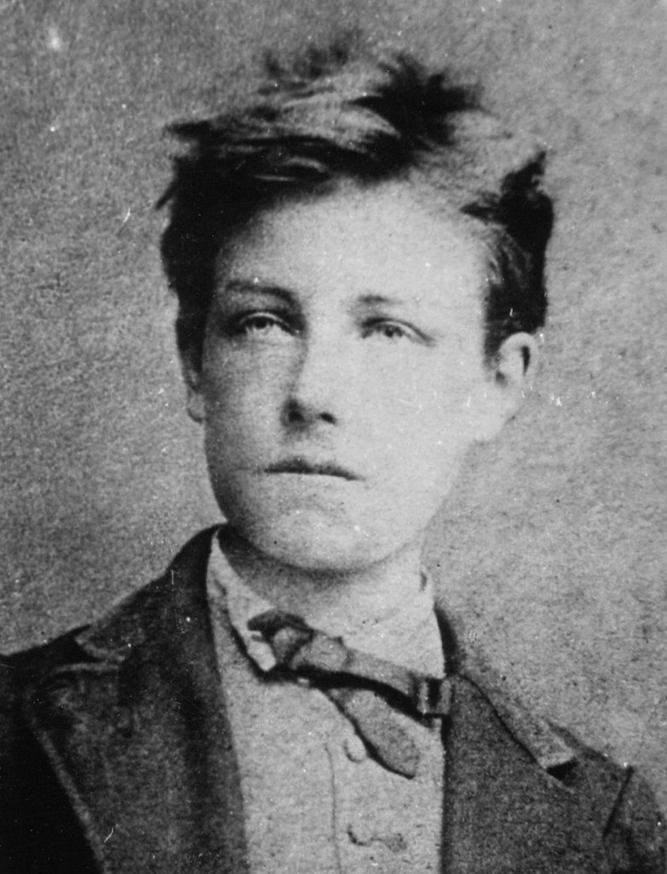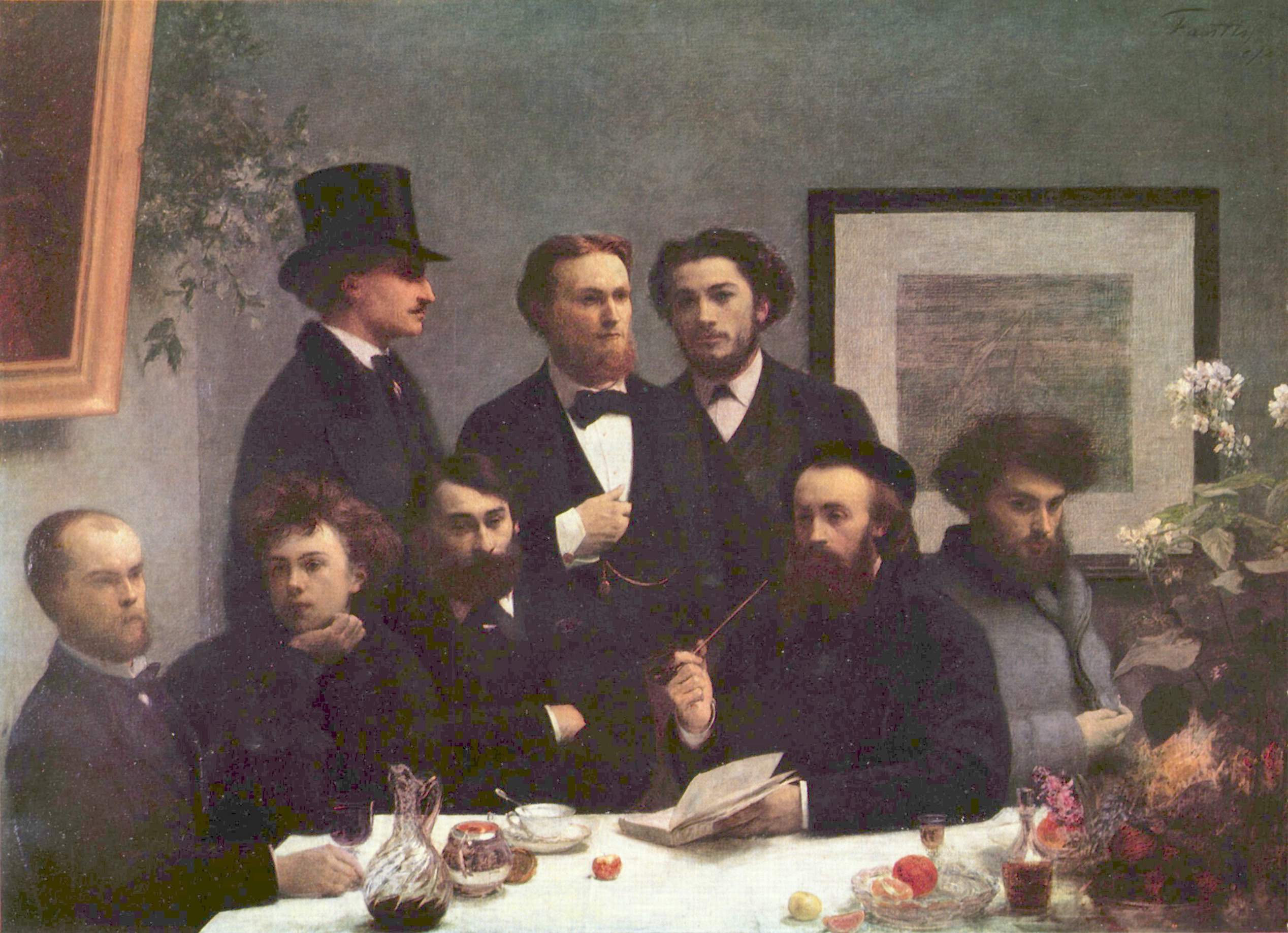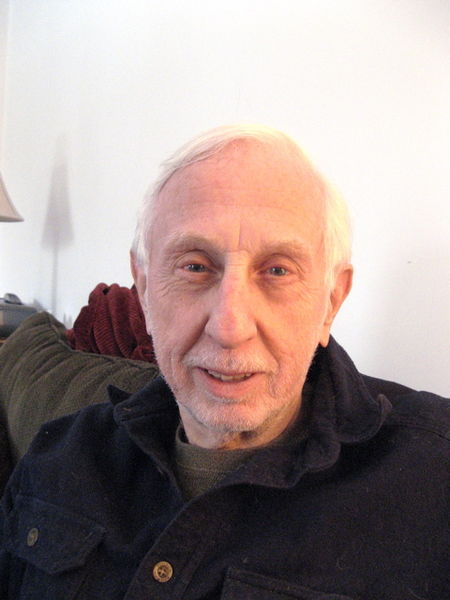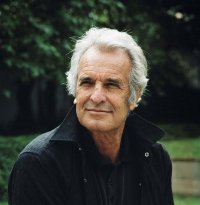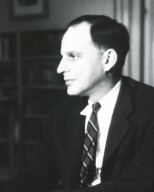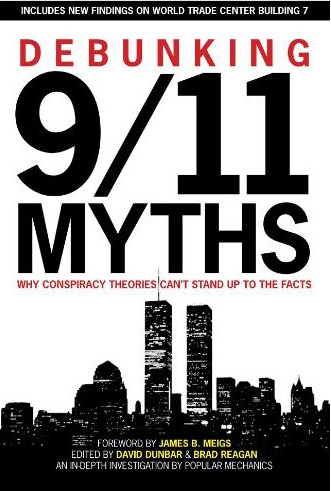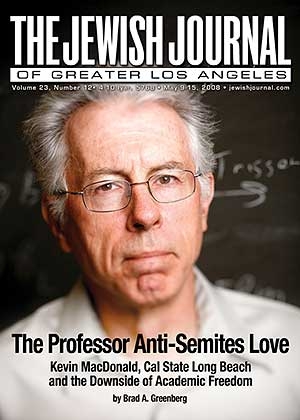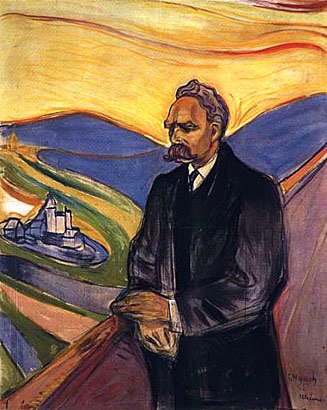From the desk of Covington:
In May of 2010 I received an e-mail from someone asking me the question “Harold, why does everybody talk bad about you on the internet?” I restrained my first instinct to ask him to define the term “everybody” and responded. His questions are [indented]:
That said, it has to be asked, where does all this anti-Covington hatred come from? I know no one else who inspires this kind of reaction.
—Gregory H.
Lordy, lordy, where to begin, where to begin?
I just got back from an organizing road trip into Idaho and so I am catching up with all kinds of backed-up e-mails, a news commentary column, several blogs, and other stuff, so right now I don’t have time to sit down and tap out a long Philippic on this topic. I will give you the simplest and briefest answer(s) that I can.
First off, I am sure it is no news to you that our movement has a lot of people associated with it who have no business within a hundred miles of any kind of alternative politics. We have serious character issues, and since they are largely what is preventing us from mounting an effective resistance to the crisis in our civilization, I refuse to be polite and look the other way. I say out loud what has to be said. I hold up mirrors, and a lot of people don’t like what they see.
Secondly, as the late Dr. Pierce once put it to me in the last civil letter he ever addressed to me, “The problem is, Harold, that we are all chasing the same buck.” Bluntly put, a lot of the anti-Covington mess originates either directly or indirectly from certain Fearless Leaders who don’t appreciate even my limited competition for that same buck. I think a little research will reveal that a large part of the somewhat misnamed Movement in-fighting over the past 50 years between all manner of personalities and groups on the right has its roots in competition for the donation dollar.
Third, a lot of these people who are doing this are simply insane. The internet has allowed too many people to get in touch with their Inner Nut, and when some of us sit down behind the computer keyboard we get a visit from Mr. Hyde. I know because I am susceptible to this myself, and I concede there have been times when I have let the badger loose to howl at the moon, if you will pardon my mixed metaphors, so I know whereof I speak.
Finally, as self-absorbed and conspiracy-theoretical as this sounds, in the case of one major Goat Dancer, I genuinely believe this man to be wearing more than one hat and to be acting on an ulterior agenda. I don’t know for certain. He may be just a kook, but if he is, he has demonstrated a remarkably consistent, persistent, and determined pattern of destructive behavior over the past 23 years for a mere loon. Remember, just because you’re paranoid, that don’t mean they ain’t out to get you. Paranoids have enemies too.
Is there any specific allegation, accusation, or incident I can clarify for you?
—HAC
[Follow-up e-mail]:
The big claim that is made is that you defamed a lot of people within the movement.
—Gregory H.
If by “defamed” you mean that over the years I have publicly discussed people, issues, and events which certain Fearless Leaders desperately did not want discussed in public, then guilty, m’lud. I also have a hideous habit of being right. For instance, I was shouting out a warning on Kevin Alfred Strom as early as the year 2000, when I saw his web site with the pictures of little girls and beefcake photos of himself posing in his underwear on it.
Specifically, that allegedly you wrote this history of the white nationalist movement that contained a great deal of scurrilous material about all sorts of people within the movement including William Pierce, Ben Klassen, and Will Williams.
The document you refer to is a roughly 30,000 word monograph or pamphlet entitled A Brief History of the White Nationalist Movement. Actually, Will Williams isn’t mentioned in it at all, which is probably why he’s so pissed off about it.
In point of fact, no, I did not write the Brief History. At least not all of it, and not for that specific purpose. What happened is that somebody came along and plagiarized, collected, and collated a number of articles and bits and pieces from the past 50 years on Movement internal matters and melded them all together into a single report or long article. Some of that “borrowed” material is mine, yes, such as the bulk of the section on Glenn Miller and a good bit of the material on Benny Klassen.
But the Brief History also contains sections which were either written or paraphrased from works by Bill White, Louis Beam, the late Rick Cooper, Dr. Edward Fields, the late David McCalden, “Maguire” and a number of other writers and commentators.
However, I will say this: whoever wrote the Brief History, they know their beeswax. While to be sure some of it is opinion and editorializing, I have been able to find only one single factual inaccuracy anywhere in the report, the allusion to the “late” Bradley Smith, who is still alive. I think that’s another thing that’s driving the Goat Dancers nuts—they can’t refute anything in the report factually, so they scream “HAC wrote it! HAC wrote it!” which they presume must automatically discredit the document.
The hell of it is, the Brief History is not in fact all that pro-HAC or pro-Northwest. The author makes clear that he is not a supporter of the Northwest Migration and that he thinks I’m foolishly wasting my time.
I know none of the people involved and have no way to tell who is right and who is wrong. The temptation is therefore to just say, “everyone involved with this movement is insane and incapable of getting along with each other. We should read everyone’s ideas, but have nothing to do with these people on a personal level or we’ll get sucked into all this too.”
Which may be one reason for all the sound and fury.
You have to bear in mind that most of these specific teapot tempests are decades old, shit going back to the late 1970s in some cases. I have often wondered why none of it ever seems to die down, why someone always seems to go to great effort stirring it up again every couple of years.
One person who I gave the books to some time ago has actually taken the gap but told me that under no circumstances did he actually want to get involved with the “official” Northwest Front because he didn’t know who to trust. Again, that may be the hidden agenda here. I’m not worried. This person will eventually come around.
How do we know who to believe?
Look at my work, look at my life, look at the people who are saying these things–none of whom seem to use their real names–look at the world around you, and then wonder why we have gotten nowhere in our efforts to resist. What can I tell you? You’ve read my novels. Everything I have to say is in there.
—HAC
Good points. The last one I have to ask about is probably the most painful — your brother. Why do you think he turned on you the way he did?
Hopefully after this we can talk about more productive matters. —Gregory H.
No, I have no problem at all discussing Benjie, since he took the first step and went public with his bizarre interview. He chose to do what he did, and now I have no choice but to deal with it.
Prior to that I had been active in the Movement since 1972. During that period of almost four decades, never once did I bring any member of my family into anything I did politically, nor did I ever make any public reference to any family matters other than an internet attempt around 2004 and 2005 to communicate with my children in Ireland, using a blog because I had no e-mail addresses for them. Nor did my father, for all his many faults, ever publicly attack or denounce or embarrass me. Benjie was the one who first violated this ironclad family prohibition. Not surprisingly, he lacks our father’s strength of will and self-discipline in such matters. He’s not the man our father was. (But then neither am I, thank God.)
I first need to give you a little family history. Like many dysfunctional families, we Covingtons are also a highly creative lot, each in our own way. Our father was a talented musical performer of traditional American folk music, who during the folk craze of the 1960s used to open on the North Carolina coffee house circuit for big names like Joan Baez, Burl Ives, and Pete Seeger. He had his own musical TV show on TV in Greensboro for a while. He was also a writer of paperback Westerns of the kind that were popular in the 1950s and he once came close to getting a Hollywood screenwriting gig, which would have changed a hell of a lot of my personal history if I’d been dragged to Tinsel Town at age 8 or so.
My middle brother is a fairly well known B-list composer of symphonic, choral, and other high-brow music. He has a masters degree in musical composition, of all the useless things, but he apparently didn’t actually get his Ph D. from the University of Iowa for some reason I’m not aware of, so technically he’s not Doctor Covington. You can buy his stuff off various music sites on the internet, but since I sell most of my own work on Amazon.com and the like, I’m hardly in a position to sneer.
I’ve listened to some of his music. Not my cup of tea, frankly, but then I rather doubt that my fiction is his cup of tea. At least I listened to his compositions on my computer. So far as I know, neither he nor my other brother have ever actually read any of my books. The interview you refer to with Benjie contains comments of his that indicate to me he hasn’t actually read Fire and Rain, the novel he complains about, and so I doubt he’s read anything else.
My daughter in Ireland is an extremely talented up-and-coming young artist in Dublin, and I will say no more about her for fear of messing up her chances in a very liberal and left-wing milieu. I understand she is recently married; if she was speaking to me I’d be hectoring her demanding grandchildren. My son in Ireland is the rock musician of the family, or was. Don’t know what he’s doing now, delivering pizzas for all I know, but apparently at one time he had a fairly well known rock band in the local Dublin club scene for a while.
Now, regarding my youngest brother, who later went so dark side on me: this is the story I got from our mother. Very few details, because Mama wasn’t supposed to be meeting with me at all in those days and she was very reluctant to discuss most family matters with me, for fear I would contaminate everything with my wicked Nazi mojo or whatever, but basically, the story goes like this:
Benjie was supposed to be the actor in the family. Graduated North Carolina School of the Arts, and faced the usual young actor or theatrical techie’s choice: Broadway or Hollywood? Nowadays there’s a few more choices, Europe or Vancouver or various indie outfits, but in the 70s there were only those two.
For whatever reason, Benjie chose Broadway. He lived in New York for a couple of years, fell flat on his face, and he couldn’t make it. He eventually came crawling back home and went to work for the state, which in conservative North Carolina is what one does with unemployed relations who can’t make it in the private sector.
Okay, so far not an unusual scenario. A lot of young dramatic hotshots who go to New York never make it onto Broadway and end up waiting tables or going back home and selling used cars for Daddy, or teaching freshman high school English. But this was back during the time when I was still having my Fifteen Minutes due to Greensboro and the 1980 Republican primary wherein I received 43% of the vote. My name was well known among the Jewish community, and in an industry such as theater in New York, an industry and a city both run by Jews, a young man from North Carolina with the name of Covington looking for a job was going to have a hard row to hoe.
My mother could never force any sort of admission between her lips that I might, just might have been right about something, anything. The Official Version is that I am supposed to be insane, period, end of story. Oh, and evil with it—but she managed to feed me enough lines to read between (deliberately, I think, so she could convey the truth without actually having to say it) so as to let me know that my brother was in essence blacklisted by the Jews. They conveyed to him in a manner the reverse of subtle that he would never work in their town and to get his redneck ass back down to the tobacco and cotton fields where he belonged. There was also something about a bad car crash Benjie was in on the New Jersey turnpike that allegedly affected his mind, but I didn’t get all that at the time and I don’t remember what that was about.
Anyway, the upshot of it all is, is that Benjie probably blames me for ruining his great acting career. I don’t blame him. Teaching a few high school dramatics classes to niggers and wetbacks at East Wake High School is sure as hell a big comedown when you once started life with Oscars and Tonys on your mind. Maybe you could say I did ruin his chances, although it was completely inadvertent on my part. Or maybe he just didn’t have the chops for it, and he washed out on his own. I have no way of knowing.
You would think that after an experience like that he would blame the people who are really at fault, the Jews and the whole system that subjected him to a political litmus test rather than judging him on his actual talent and character, but I long ago learned that people aren’t very logical in these matters.
And that’s about the size of it. I am really sorry that crap like this has to be dealt with in public instead of truly great and serious ideas and deeds and people, but one of the many problems we have these days is that everything has become so petty.
There is an old saying: “Great minds talk about ideas; average minds talk about events; little minds talk about people.” We have an awful lot of little minds running around these days.
—HAC
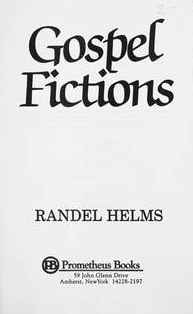 If our diagnosis of the West’s darkest hour is correct, then the Jewish Problem is an epiphenomenon of the deranged altruism resulting from the secular fulfillment of universal Christian values. (Proof of it is that Muslims don’t allow the suicidal empowerment of Jews in their nations.) It also means that both our hardware wiring and our Judeo-Christian software must be understood before we can grasp the whys of the psycho-ethical structure that is preventing us from taking elemental action (e.g., disempowering the Jews). For the Christian that I was, and this is purely anecdotal (others may find different venues), the first step to understand the virus was starting to question the historicity of the gospel narratives.
If our diagnosis of the West’s darkest hour is correct, then the Jewish Problem is an epiphenomenon of the deranged altruism resulting from the secular fulfillment of universal Christian values. (Proof of it is that Muslims don’t allow the suicidal empowerment of Jews in their nations.) It also means that both our hardware wiring and our Judeo-Christian software must be understood before we can grasp the whys of the psycho-ethical structure that is preventing us from taking elemental action (e.g., disempowering the Jews). For the Christian that I was, and this is purely anecdotal (others may find different venues), the first step to understand the virus was starting to question the historicity of the gospel narratives.